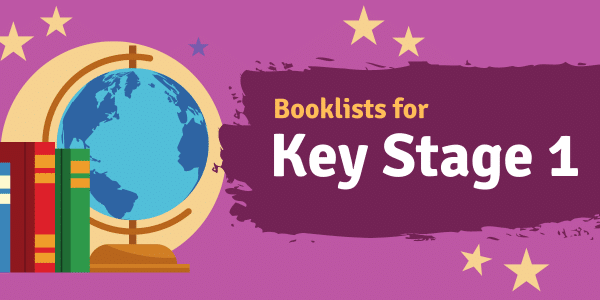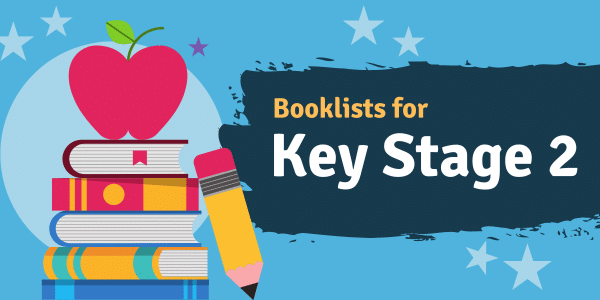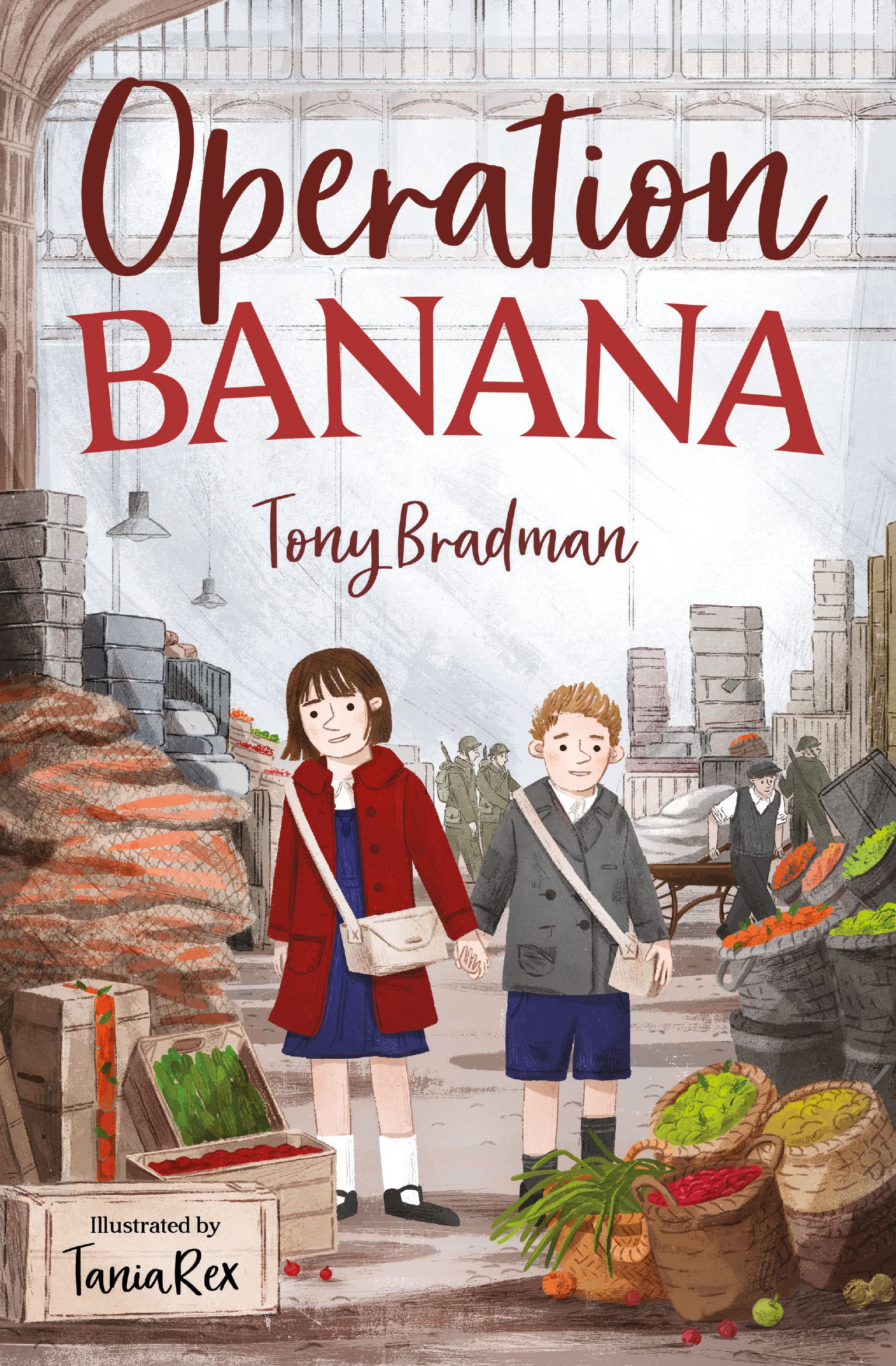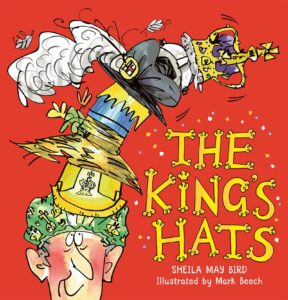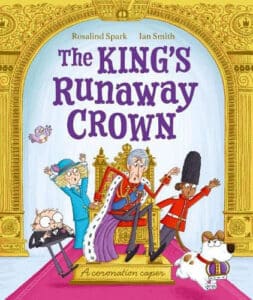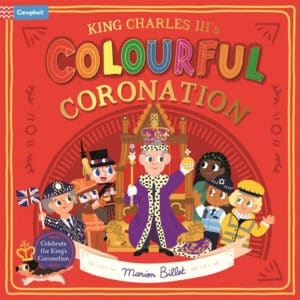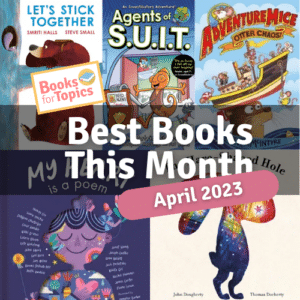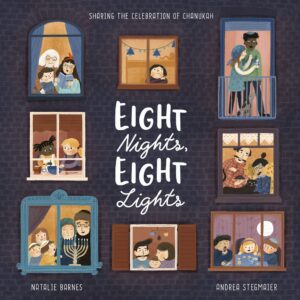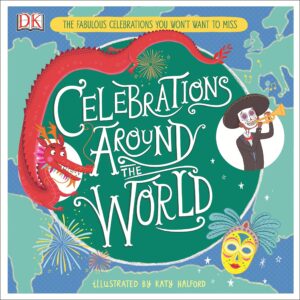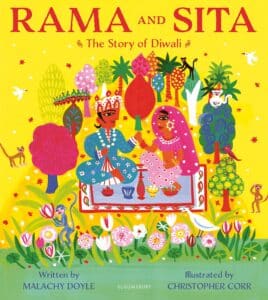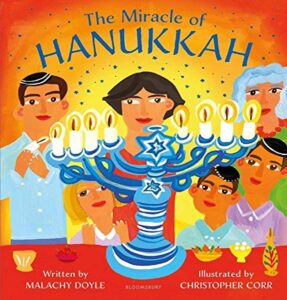Operation Banana Synopsis: As World War ll drags on, Susan sets out on a mission to cheer up her mum in this heart-warming wartime tale from award-winning historical fiction writer Tony Bradman.
Susan is worried about her mum. She’s struggling with long hours at her job in the factory and it’s a long time since they’ve heard from Susan’s dad, who’s on the front line in North Africa. Everything is in short supply in London, but Susan decides she’s going to cheer her mum up by getting her a treat, and what could be more rare than a sweet, delicious banana? But what lengths will Susan have to go to find one? Let Operation Banana commence!
Guest Post: Tony Bradman
Author of Operation Banana
Not another World War 2 story?
I’ve sometimes thought that for writers, the Second World War is the gift that keeps on giving. There are a lot of books for children about the conflict, and more seem to appear every year. So you might ask of me – why add another one to the pile?
I can offer you plenty of reasons. The war presents writers with an almost endless supply of dramatic material – it’s full of potential for gripping stories. It’s also vital that children should understand why it happened and what its consequences were. To a large extent, our world is still shaped by the events of those years. And that’s why it’s an essential part of the Primary History Curriculum, of course.
I’m also a big fan of books about the war. I began my career in children’s books as a journalist, and one of the first writers I interviewed was Michelle Magorian – I adored Goodnight Mister Tom. I also met Robert Westall, author of another favourite, The Machine Gunners. I loved Carrie’s War by Nina Bowden, too. So I think it was inevitable that one day I would want to write my own stories about the conflict.
Searching for the Wider Picture of the War
But there was another reason as well. I felt that when we talk to children about the war, we quite often focus on a narrow range of events such as evacuation and the Blitz. They’re important, but they weren’t the whole picture. It was a very long war, almost six years. It began in 1939, and went on till 1945. Nazi Germany finally collapsed in May of that year, but the war against Japan went on until August.
So by November 1942, after three years of war, the people of Britain had lived through a lot. Historians say that before then, Britain didn’t win any battles, and after it, we hardly lost any. The turning points were the defeat of the Germans in North Africa, and the huge battle of Stalingrad in Russia. The Germans lost an enormous number of soldiers there, and would never be as strong or dangerous again.
No Bananas for Families on the Home Front! 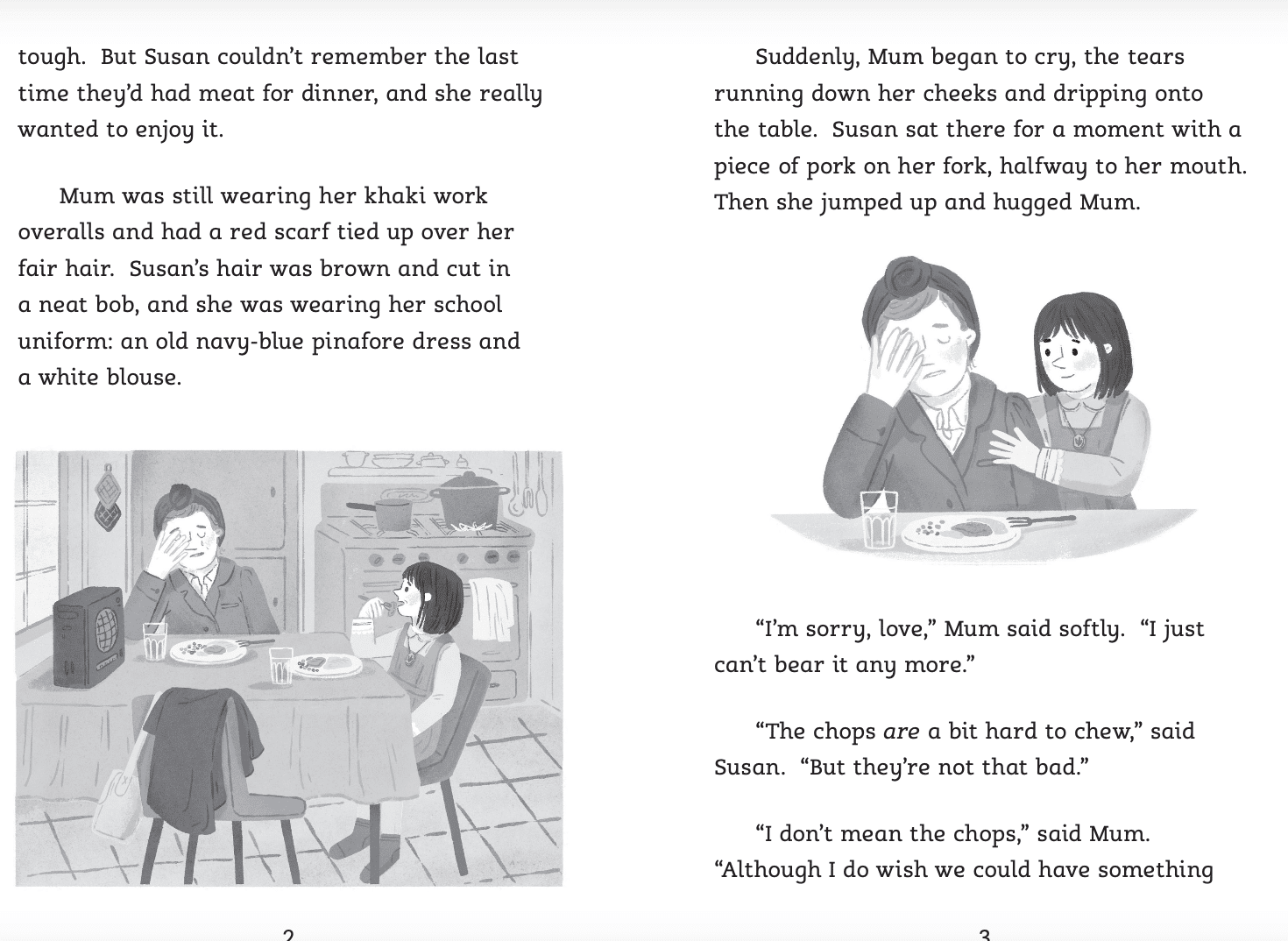
But there was still a long way to go, and as Susan says in the story, nobody knew when the war would end. Everyone was exhausted, and most people were very fed up in one way or another. Of course, it was tough on the soldiers, sailors and airmen who were fighting. But it was hard on the people at home, especially mums with young families. They often had to work hard and take care of their children as well.
Both my parents were children in the war, and I grew up listening to their tales of what it had been like. I remembered in particular both of them saying that they didn’t see any bananas for so long that they forgot what they like. In fact, there were millions of people like my mum and dad, and like Susan and her Mum, and they were just as important in winning the war.
So that’s why I wanted to write Operation Banana.
I hope you enjoy the story!
Many thanks to Tony for stopping by our blog to tell us more about Operation Banana.
Operation Banana is out now from Barrington Stoke and is available from Amazon or BookShop.Org.
We also have more children’s books about history on our booklists, for further ideas for historical stories to read with your class.
Where next?
> Visit our Reading for Pleasure Hub
> Browse our Topic Booklists
> View our printable year group booklists.
> See our Books of the Month.








